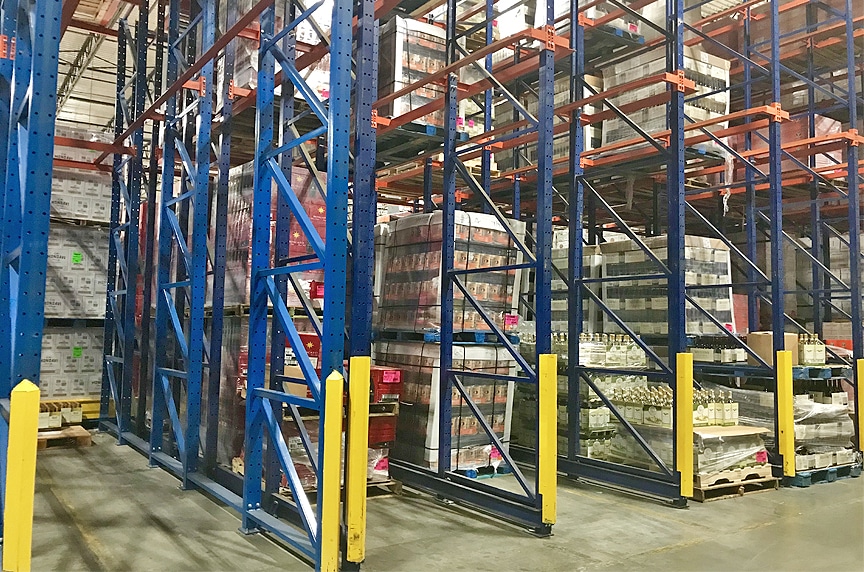
In today's world, sustainability is a crucial aspect of our daily lives, including in the industrial sector. When it comes to storage solutions, eco-friendly industrial racking systems are gaining popularity due to their positive impact on the environment. These systems not only help in optimizing storage space but also contribute to reducing the carbon footprint of businesses. Let's delve deeper into the concept of sustainable storage solutions and explore the benefits of eco-friendly industrial racking systems.
The Benefits of Eco-Friendly Industrial Racking Systems
1. Environmentally Friendly
- Reduce the need for new materials by reusing and recycling existing materials.
- Minimize waste and promote a circular economy.
- Contribute to lowering greenhouse gas emissions.
2. Efficient Use of Space
- Maximize storage capacity within a given space.
- Optimize warehouse organization and inventory management.
- Allow for easy access and retrieval of stored items.
3. Durability and Longevity
- Constructed from high-quality, durable materials for long-term use.
- Require minimal maintenance and upkeep, reducing the need for replacements.
- Offer a cost-effective storage solution in the long run.
Types of Eco-Friendly Industrial Racking Systems
1. Recycled Material Racking
These racking systems are made from recycled materials such as steel, aluminum, or plastic, reducing the demand for new resources and minimizing environmental impact.
2. Dynamic Racking Systems
Dynamic racking systems utilize gravity or automated mechanisms to move items along the racking structure, improving efficiency and reducing energy consumption.
3. Modular Racking Solutions
Modular racking systems allow for flexibility and scalability, enabling businesses to adjust their storage space based on changing needs without the need for additional construction.
Implementing Sustainable Storage Solutions
1. Conduct a Sustainability Audit
- Assess current storage practices and identify areas for improvement.
- Evaluate the environmental impact of existing storage systems.
2. Invest in Eco-Friendly Racking Systems
- Research and choose racking systems that align with sustainability goals.
- Consider factors such as material sourcing, energy efficiency, and recyclability.
3. Train Employees on Sustainable Practices
- Educate staff on the importance of sustainable storage solutions.
- Implement best practices for maintaining and operating eco-friendly racking systems.
Conclusion
Adopting eco-friendly industrial racking systems is not only beneficial for the environment but also for businesses looking to enhance their efficiency and reduce costs in the long term. By investing in sustainable storage solutions, companies can make a positive impact on the planet while optimizing their storage space and streamlining operations. Embracing eco-friendly practices in the industrial sector is a step towards a greener and more sustainable future.